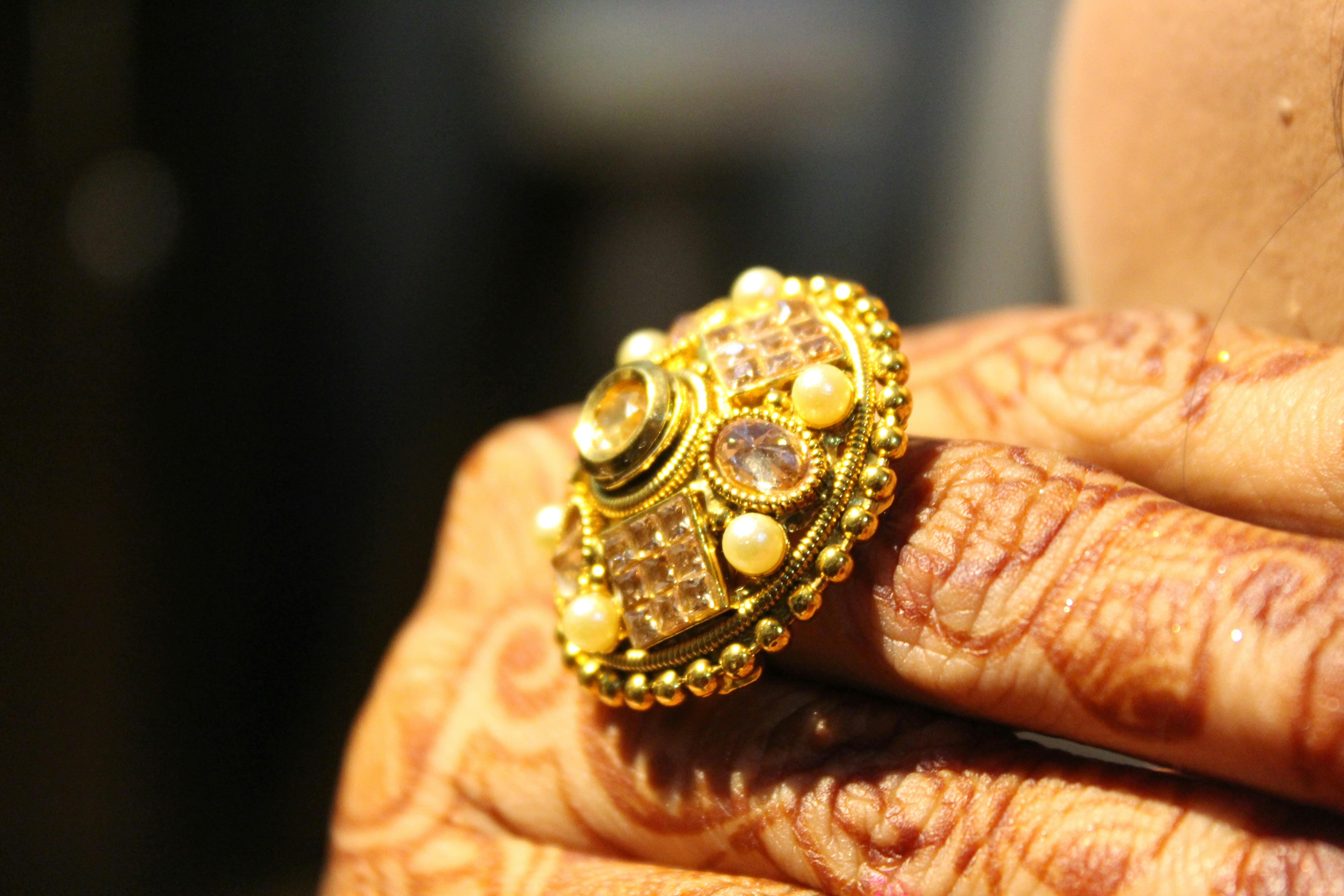Antique Rings: A Journey Through History and Craftsmanship
Antique rings are captivating pieces of jewelry that offer a glimpse into the past, combining exquisite craftsmanship with historical significance. These timeless treasures, typically over 100 years old, encompass a wide range of styles and periods, from Georgian and Victorian to Edwardian and Art Deco. Each antique ring tells a unique story, reflecting the artistic trends, cultural values, and technological advancements of its era. Collectors and enthusiasts alike are drawn to these pieces for their beauty, rarity, and the connection they provide to bygone eras.

How do Victorian-era rings differ from other antiques?
Victorian-era rings, produced during Queen Victoria’s reign from 1837 to 1901, are among the most popular antique jewelry styles. This period saw significant changes in ring design and symbolism. Victorian rings often feature intricate details, such as floral motifs, serpent designs (symbolizing eternal love), and sentimental engravings. The era is typically divided into three periods: the Romantic period (1837-1860), characterized by nature-inspired designs; the Grand period (1860-1880), known for bold, ornate styles; and the Aesthetic period (1880-1901), which embraced simpler, more refined designs. Victorian rings often incorporate diamonds, pearls, and colored gemstones, set in yellow gold or silver.
What gemstones are commonly found in antique rings?
Antique rings showcase a wide variety of gemstones, each with its own historical significance and appeal. Diamonds have been popular throughout history, but their use became more widespread in the late 19th century due to increased availability. Colored gemstones such as rubies, sapphires, and emeralds were highly prized in antique jewelry, often cut in unique shapes like rose cuts or cabochons. Other gemstones frequently found in antique rings include:
-
Pearls: Symbolizing purity and often used in Victorian-era jewelry
-
Opals: Popular during the Art Nouveau period for their play of color
-
Garnets: Commonly used in Georgian and Victorian jewelry
-
Amethysts: Favored in Art Deco designs for their rich purple hue
-
Turquoise: Often seen in Victorian and Edwardian pieces, symbolizing forgotten love
The choice of gemstone in an antique ring can often provide clues about its age, origin, and cultural significance.
How can one authenticate and value an antique ring?
Authenticating and valuing an antique ring requires expertise and careful examination. Several factors contribute to a ring’s authenticity and value:
-
Hallmarks: Many antique rings feature hallmarks indicating the metal purity, maker, or date of manufacture.
-
Craftsmanship: The quality of workmanship, including the setting style and overall design, can help determine the ring’s age and origin.
-
Materials: The types of metals and gemstones used can provide clues about the ring’s age and value.
-
Condition: Well-preserved rings generally command higher prices.
-
Provenance: Documentation of a ring’s history or previous owners can significantly impact its value.
To accurately authenticate and value an antique ring, it’s advisable to consult with a professional appraiser or gemologist specializing in antique jewelry. These experts can provide detailed assessments based on their knowledge of historical styles, manufacturing techniques, and market trends.
What are the challenges of caring for antique rings?
Caring for antique rings requires special attention to preserve their beauty and integrity. Unlike modern jewelry, antique pieces may be more fragile due to their age and construction methods. Some challenges and considerations in caring for antique rings include:
-
Cleaning: Harsh chemicals and ultrasonic cleaners can damage delicate settings or porous gemstones. Gentle cleaning with mild soap and water is often recommended.
-
Storage: Proper storage in individual soft cloth pouches or lined jewelry boxes helps prevent scratches and damage.
-
Wear and tear: Regular wear can lead to loosened settings or worn prongs. Periodic professional inspections are advisable.
-
Repairs: Finding skilled jewelers who specialize in antique restoration can be challenging but is crucial for maintaining the ring’s integrity and value.
-
Insurance: Obtaining appropriate insurance coverage for valuable antique rings is important, given their unique nature and potential irreplaceability.
By understanding these challenges and taking appropriate precautions, owners can help ensure that their antique rings remain beautiful and valuable for years to come.
Antique rings offer a unique blend of history, artistry, and personal expression. Whether sought after for their historical significance, investment potential, or simply for their timeless beauty, these pieces continue to captivate jewelry enthusiasts and collectors worldwide. As tangible links to the past, antique rings not only adorn the finger but also tell stories of bygone eras, craftsmanship, and cultural values. For those who appreciate the allure of history combined with exquisite design, antique rings provide an enduring connection to the art and romance of earlier times.






